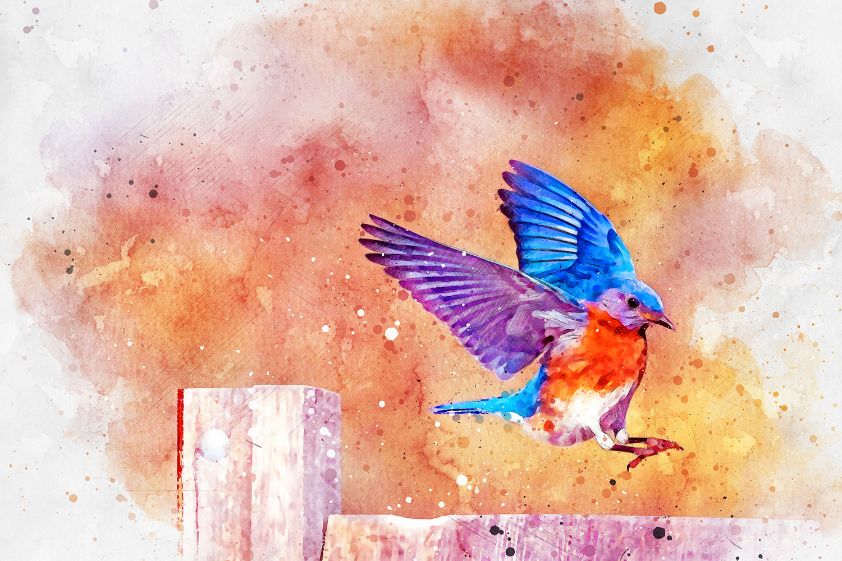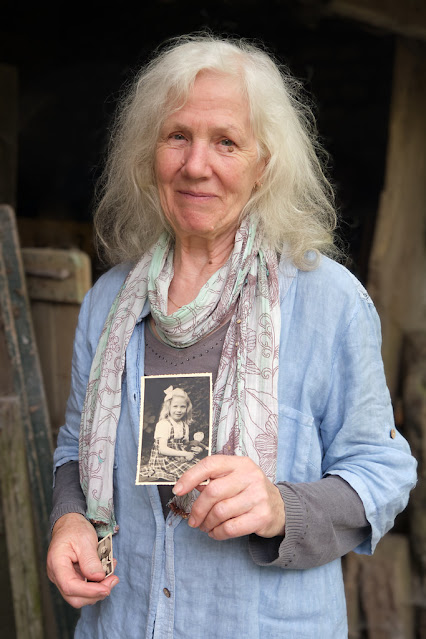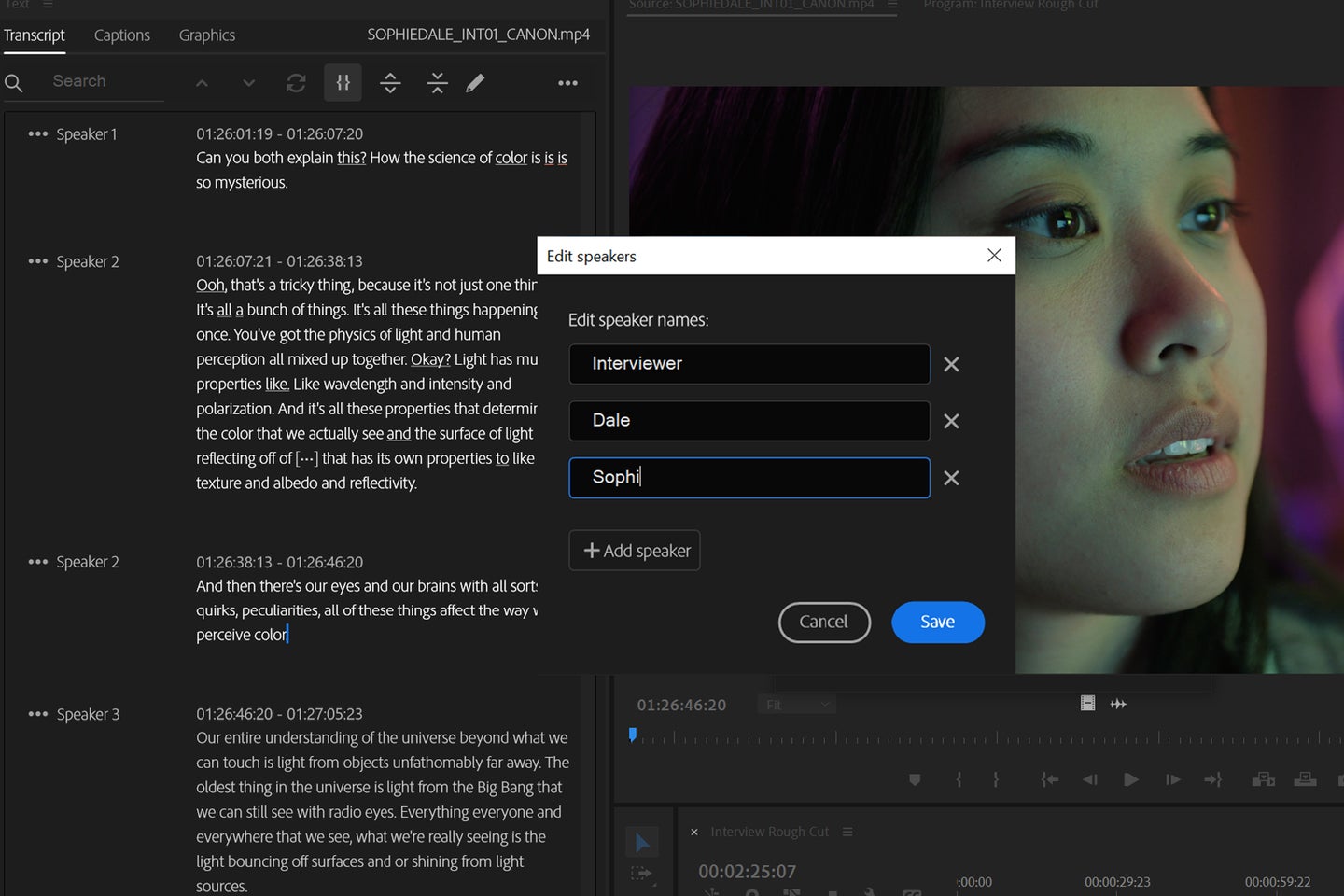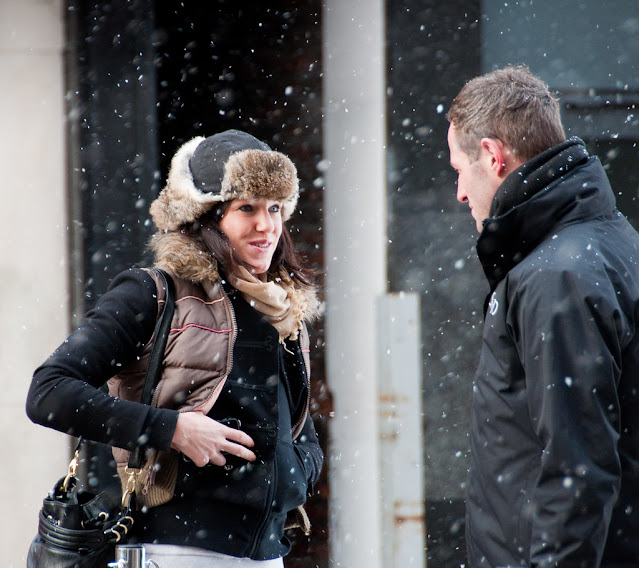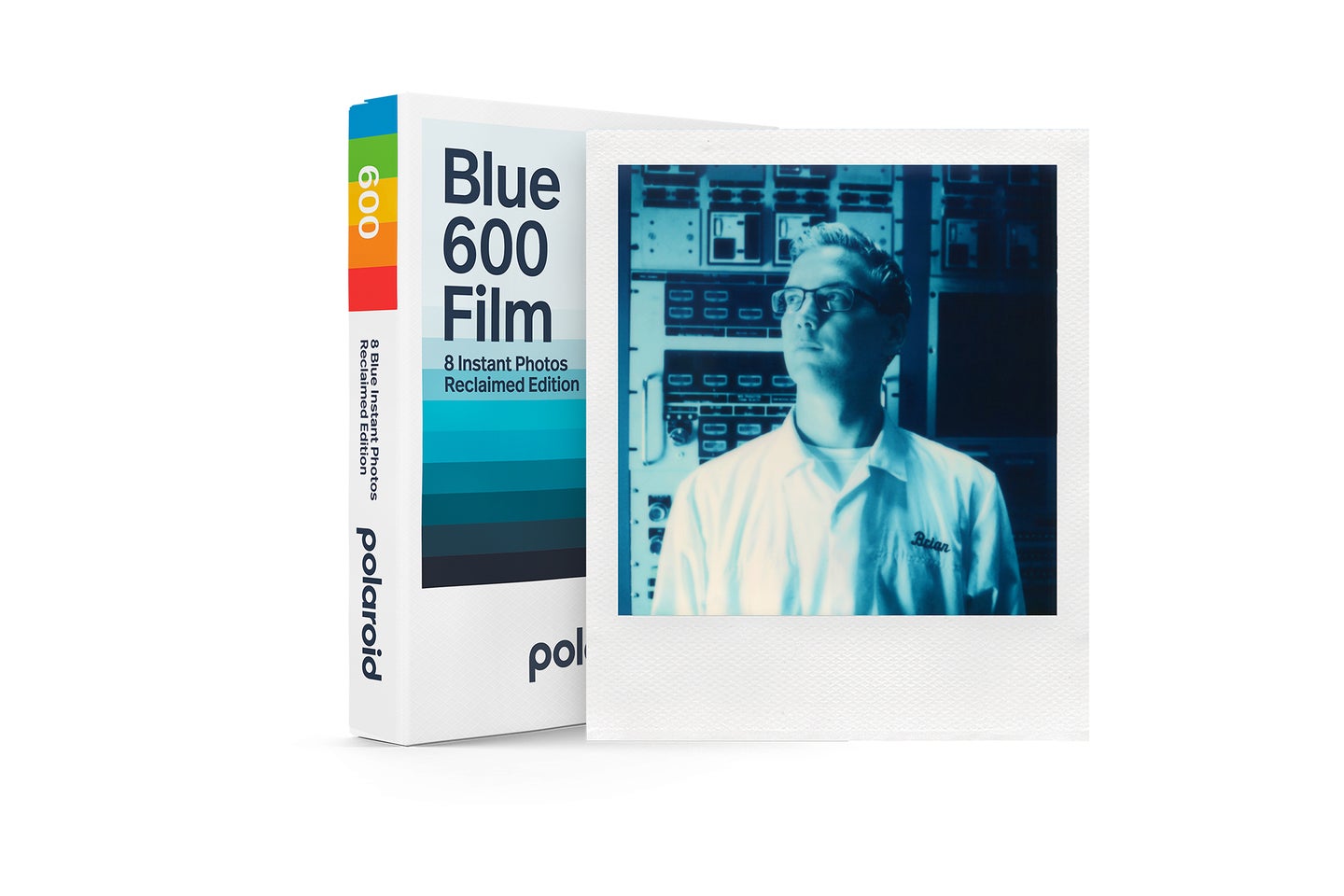Tips & Tricks

Capturing the truth: The power of documentary photography to shape public opinion
Paul Indigo Tips |
| Photographer, writer and artist, Paul Indigo (Photo by Magda Indigo) |
Documentary photography is more important than ever because it plays a critical role in informing and shaping public opinion, particularly in today's fast-paced, information-saturated world. With the rise of social media and the 24-hour news cycle, we are bombarded with images and information daily. It can be difficult to separate fact from fiction.
From a trusted source, documentary photography counterbalances the often sensationalised and biased coverage of social and political issues. Documentary photography can challenge dominant narratives and foster greater understanding and empathy by presenting a nuanced, humanistic perspective on complex issues.
It can highlight underreported and marginalised issues, giving voice to those who are often ignored or silenced. In a world where many people feel disenfranchised and marginalised, documentary photography can help to create a sense of community and solidarity by bringing these issues to the forefront and inviting viewers to engage with them.
Moreover, documentary photography can serve as a powerful tool for advocacy and social and political change. By documenting the struggles of marginalised communities and exposing the injustices they face, photographers can help to build public support for policy changes and social movements.
In short, documentary photography is more important than ever because it can shape public opinion, challenge dominant narratives, give voice to marginalised communities, and inspire social and political change. In a world where images and information are increasingly commodified and manipulated, documentary photography is a beacon of truth and integrity, inviting us to see the world with fresh eyes and engage in meaningful ways.
What exactly is documentary photography?
Documentary photography is a form of visual storytelling that captures real-life events and moments with the aim of raising awareness and inspiring action. It can be seen as a visual form of journalism, telling stories through images rather than words. I will delve deeper into the history and significance of documentary photography, the notable photographers and their works, and how it can be used as a tool for social and political change.
The roots of documentary photography can be traced back to the late 19th century, when portable cameras became more accessible, and photographers began to use them to document social issues and political events. The American photographer, Jacob Riis, was one of the pioneers of this style. He used photography to expose the living conditions of poor immigrants in New York City in the late 1800s. Riis's book, "How the Other Half Lives," used photography to bring attention to the social problems of the time and helped spark the progressive movement.
Today Pulitzer Prize-winning photojournalist Renée C. Byer, illuminates the human faces of people who live in extreme poverty around the world with her project Living On A Dollar A Day: The Lives and Faces of the World's Poor.
Another significant figure in the history of documentary photography was Dorothea Lange, who documented the plight of migrant workers during the Great Depression. Her photographs, such as "Migrant Mother," have become iconic symbols of the era and helped bring attention to the struggles of working-class Americans during that time.
In the mid-20th century, documentary photography became increasingly associated with photojournalism and reportage. Magnum Photos, founded in 1947, is perhaps the most famous agency specialising in this genre. The photographers associated with Magnum, such as Robert Capa, Henri Cartier-Bresson, and W. Eugene Smith, covered major events and conflicts around the world, often putting themselves in danger to get the shots.
Magnum photographers were known for their gritty, unflinching images that captured the essence of a particular moment in time. For example, Capa's iconic photograph, "The Falling Soldier," depicts a Republican militiaman being fatally shot during the Spanish Civil War. Cartier-Bresson's photographs captured the surreal beauty of everyday life, while Smith's photo essays, such as "Country Doctor" and "Minamata," documented the lives of ordinary people and their struggles.
I highly recommend watching the film Minimata which gives you an interesting insight into his work and struggles.
Documentary photography is perhaps the most significant art form today, with photographers continuing to use their cameras to capture social and political issues. For example, Sebastião Salgado's work documents workers' struggles and the effects of environmental degradation. His photographs capture the humanity of those working in mines, factories, and other dangerous occupations, while also highlighting the devastating impact of environmental degradation on communities worldwide.
I highly recommend learning more about Ami Vitale, named one of her generation's most influential conservation photographers. Take a look at her work documenting the heartbreaking crisis facing the northern white rhinos and her powerful film "Remembering Sudan".
One of the advantages of documentary photography is its ability to reach a broad audience and communicate important messages quickly and effectively. A photograph can be a powerful tool for inspiring empathy and action. It can convey emotion and meaning in ways that words alone often cannot. A single photograph has the power to change hearts and minds and inspire people to take action.
Documentary photography can also challenge dominant narratives and provide an alternative perspective on historical events. For example, the photographs of Gordon Parks, who documented the civil rights movement, challenged the prevailing stereotypes of Black people at the time. His photographs captured his subjects' humanity and dignity and helped shift public opinion on civil rights issues.
Another advantage of documentary photography is its ability to visually record history. By documenting social and political events, photographers create a visual archive of our collective past that future generations can study and analyse. Photographs can provide a window into a particular moment in time, capturing what happened and the social, political, and cultural context of the time.
Documentary photography can also have a therapeutic effect, both for the photographer and the subjects. For the photographer, the act of bearing witness to difficult or traumatic events can be cathartic and help to make sense of the world. For the subjects, being seen and heard can be validating and empowering. Photographs can also serve as a reminder of resilience and hope, even in the face of adversity.
Of course, there are also ethical considerations that come with documentary photography. Photographers must be mindful of their work's impact on their subjects and communities. They must strive to document the truth without exploiting or sensationalising their subjects. Consent is also an important consideration, especially when working with vulnerable populations.
In conclusion, documentary photography is a powerful form of visual storytelling that can inspire empathy, raise awareness, and effect social and political change. It has a rich history, with notable photographers such as Jacob Riis, Dorothea Lange, Robert Capa, and Sebastião Salgado using their cameras to document social and political issues. Today, documentary photography continues to be an essential art form. While ethical considerations must be considered when working in this field, documentary photography remains a vital tool for creating social and political change, giving voice to the voiceless, and creating a visual record of our collective past.
Thanks for reading. Please share and comment if you found this interesting.
Copyright: Paul Indigo
For more about my projects and social media links, go to: https://linktr.ee/paulindigo






